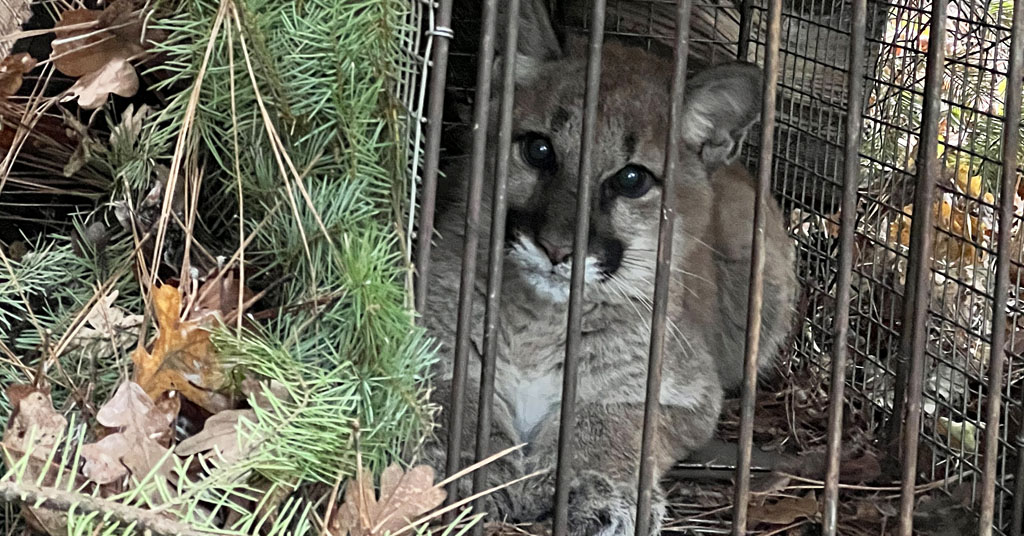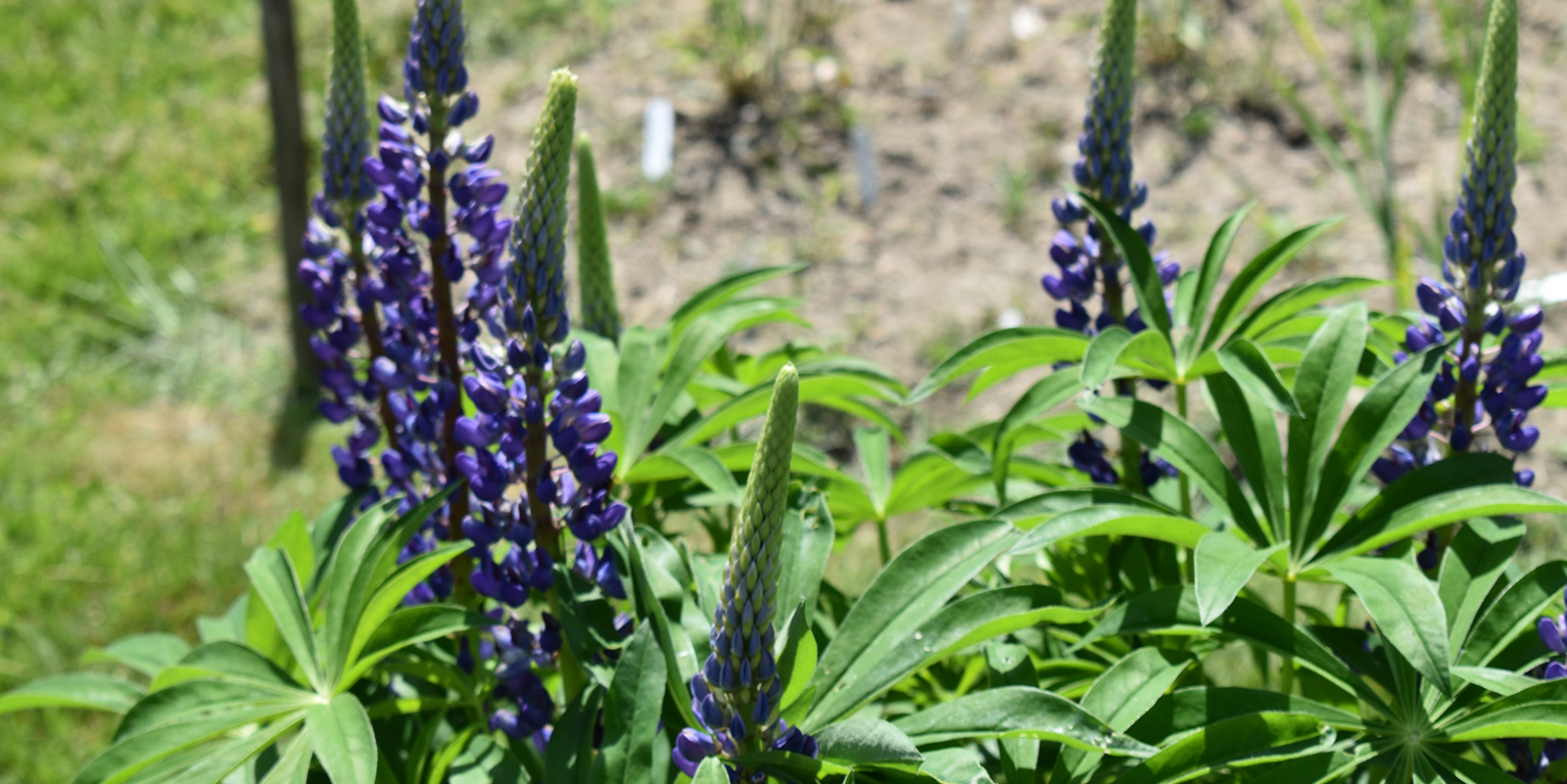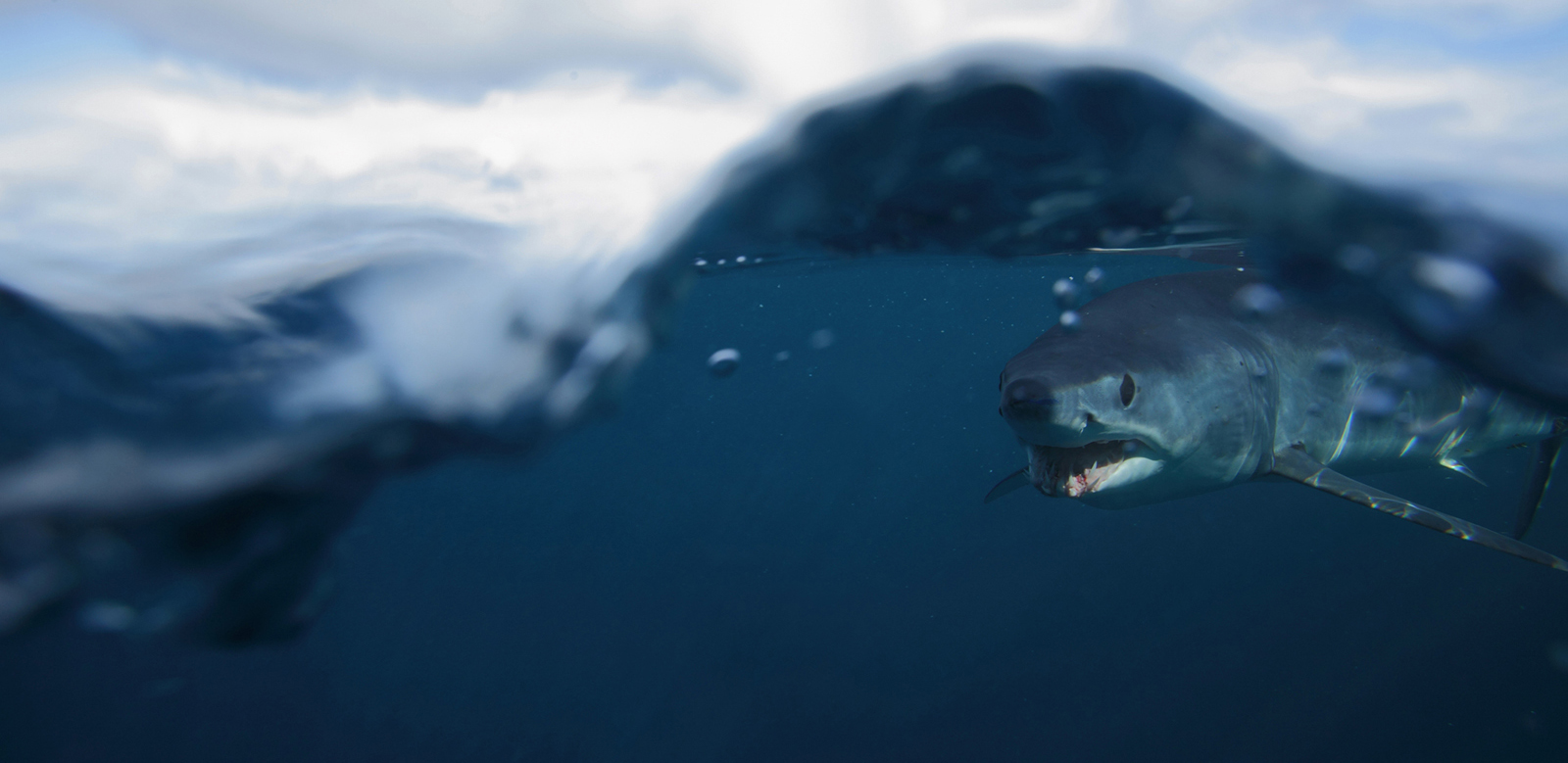Proposed Sports Lighting at Ninigret Park Threatens Night Sky
November 27, 2023
CHARLESTOWN, R.I. — The Town Council hired an engineering firm to design a new master plan for Ninigret Park, and part of the plan calls for the installation of outdoor sports lighting. Concerns about light pollution were soon raised.
The board of directors of the Frosty Drew Observatory & Science Center has said nighttime lighting would be detrimental to stargazing and to the organization’s ability to fulfill its mission to “enlighten, discover, inspire — through education and research — knowledge about science, the night sky, and the universe.”
The Town Council has said the plan, which also includes expanding parking, is to use DarkSky-compliant lighting that would be set on a timer. Council President Deb Carney told The Providence Journal, “We can have lights in the park and co-exist with Frosty Drew.”
“Thanks to advances in LED lighting technology, lighting designers have the tools to create projects which effectively manage glare and light trespass,” according to DarkSky. “The DarkSky Approved Outdoor Sports Lighting program sets the standard for responsible outdoor sports lighting. DarkSky Approved outdoor sports lighting fields exhibit what is possible through strict guidelines, advanced products, and quality lighting designs.”
Frosty Drew supporters and those worried about the impact on the nearby Ninigret National Wildlife Refuge aren’t buying the idea of lighting that won’t impact night-sky viewing or wildlife.
Board member Jessica MacNeill recently told ecoRI News the organization is against any lighting being put into Ninigret Park because “the dark skies is a natural resource and something that should be protected.”
“Obviously, any kind of lighting that is introduced into the park would affect our operations, because the only time that we operate is in the dark,” MacNeill said. “Frosty Drew is the most accessible dark-sky area east of the Mississippi. Any other dark-sky area that you’re going to find, you’re going to have to climb a mountain, you’re going to have to go to some rural place where there’s no infrastructure. But here you have an observatory right off Route 1 where there’s food, there’s amenities, there;s a beach, there’s all these other things, and you have the Milky Way.”
A meeting of the Ninigret Park Master Plan Update Subcommittee is scheduled for Thursday, Nov. 30, at 7 p.m. at the Charlestown Elementary School, 363 Carolina Back Road. The meeting will also be live streamed. Public comments can be sent to the town’s recreation director at [email protected].
Enacted in 2012, the town’s Dark Sky Lighting ordinance provides rules for light use and installation, ranging from rules relegating lights in outdoor activity areas to sign illumination. The Frosty Drew Observatory opened in 1988.
“The dark skies above Charlestown was the principle reason for siting Frosty Drew Observatory in the Ninigret Park,” according to a blog post on the Frosty Drew website from March 2002 titled Light Pollution. “Dark skies are almost nonexistent in the eastern United States. Reconnaissance photos show a light band from Florida well into Maine along the seacoast unbroken except for a single stretch centered on Charlestown Rhode Island. To find similarly dark skies elsewhere in New England you need to travel to the most rural northern regions of Vermont, New Hampshire and Maine.”
The post’s author, Leslie Coleman, goes on to write, “Any source of light located within the Park obliterates our ability to study dim galaxies and nebula. Even when we can spot these objects, all definition is lost when stray light intrudes.”
Globe at Night defines light pollution as excessive, misdirected, or obtrusive artificial light.
“Too much light pollution has consequences: it washes out starlight in the night sky, interferes with astronomical research, disrupts ecosystems, has adverse health effects and wastes energy,” according to the international citizen-science campaign.
Light pollution poses a serious threat to nocturnal wildlife, as it has negative impacts on plant and animal physiology. It can confuse the migratory patterns of animals, alter competitive interactions of animals, and change predator-prey relations.
Global insect populations have declined by as much as 75% during the past 50 years, potentially leading to catastrophic impacts on wildlife, the environment, and human health. Habitat loss, climate change, industrial farming, and pesticide use are main factors driving the loss of insects, but a 2021 study points to another cause: light pollution.
The ever-increasing glow of artificial light from outdoor lights, especially LED lights, was found to have detrimental impacts on the behavior of moths, resulting in a reduction in caterpillar numbers by half. And since birds and other wildlife rely on caterpillars as an important food source, the consequences of this decline could be devastating, according to the study.
The authors of a 2020 study titled “Light pollution is a driver of insect declines” wrote, “We strongly believe artificial light at night — in combination with habitat loss, chemical pollution, invasive species, and climate change — is driving insect declines. We posit here that artificial light at night is another important — but often overlooked — bringer of the insect apocalypse.”
Moths and other insects, however, aren’t the only wildlife affected by artificial light.
Since most songbirds migrate at night, birds that have evolved to use the moon and stars as navigational tools during migration often become disoriented when flying over a landscape illuminated with artificial light.
Note: Use this online map to check out the intensity of light pollution across the globe.




Lights are not progress. This would be the loss of a rare, valuable, irreplaceable resource. One of many most of Charlestown is trying to hang on to. Let’s value our resources, not exploit them.
I don’t understand why sports can’t be played during the day. What a waste of energy lighting up a field! quite aside from the light pollution.
This proposal only caters to the few who want the dazzle of being able to say they played sports at night under the lights without giving any consideration to the population who have been using this site for it’s intended purposes for the last 4 decades!
I submitted public comment to the Charlestown Recreation Department, not in support of the proposal.
Thank you for reporting on this Frank!
I agree with the objections presented by the Frosty Drew Observatory and Science Center’s Board of Directors to the installation of outdoor lighting that will have the deleterious effects on observation of the night sky mentioned by the Board. In addition, the artificial light pollution caused by LED lighting has been shown to have harmful effects not only on humans but also on bees, birds and trees. This environmental exposure needs to be seriously considered before any decision is made in this matter. Please see this brief newscast:
https://www.youtube.com/watch?v=jPH1Z6B2oUc&t=5s
Keep Ninigret park dark. No night lights-please.Play sports during the daylight hours.
Let there NOT be light at Ninigret Park! Frosty Drew Observatory needs to remain forever just like the Milky Way.
I agree that the dark night sky here ought to be protected; it is all too rare now. And lightning a sports field at night hardly seems like a necessity. There should also be a statewide educational campaign geared to homeowners to help discourage the ever-increasing numbers of houses with arrays of bright exterior lights on all night, every night, year-round.
Agreed, this is the only place to see the Milky Way for 1000’s of miles, unless you’re on a boat in the Atlantic maybe. I work in lighting and I have to say I hate the outdoor light pollution caused by it. Sports Lighting is done so that it lights up fields clear as day. The dark sky compliant aims light down onto the field so that it doesn’t spill up but you still can’t see up. If lighting were introduced there, it would be running every evening from Mar/April thru Oct.